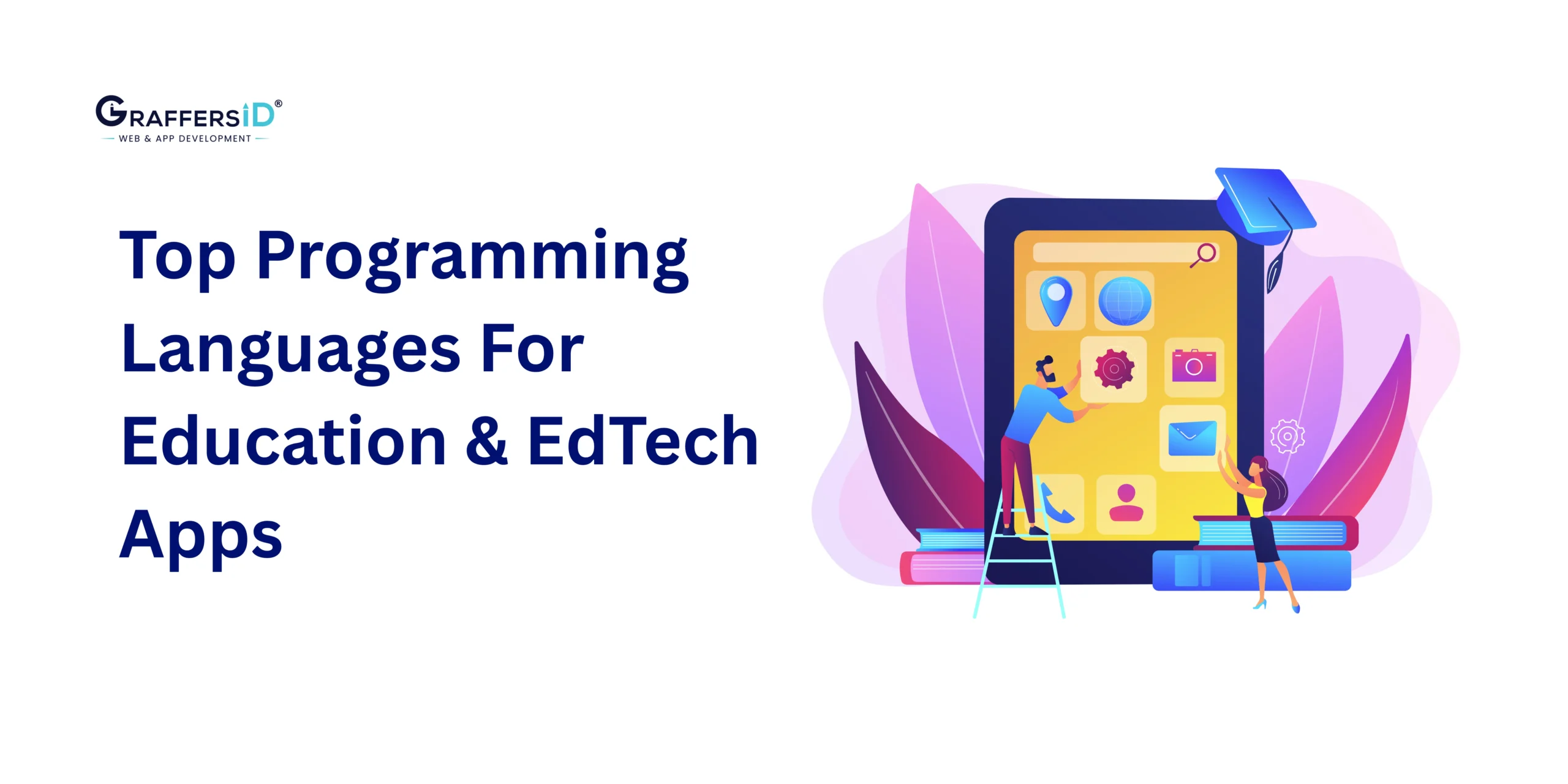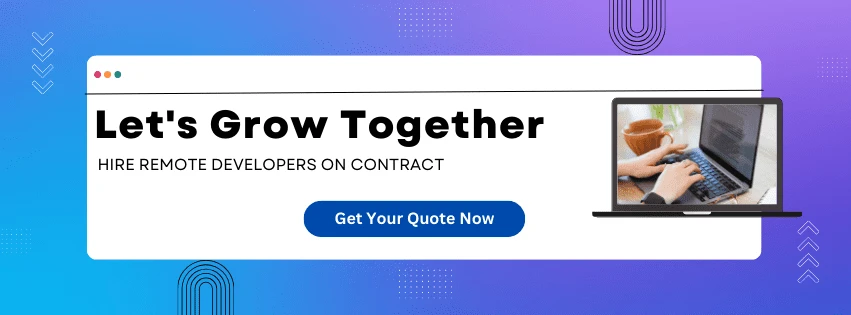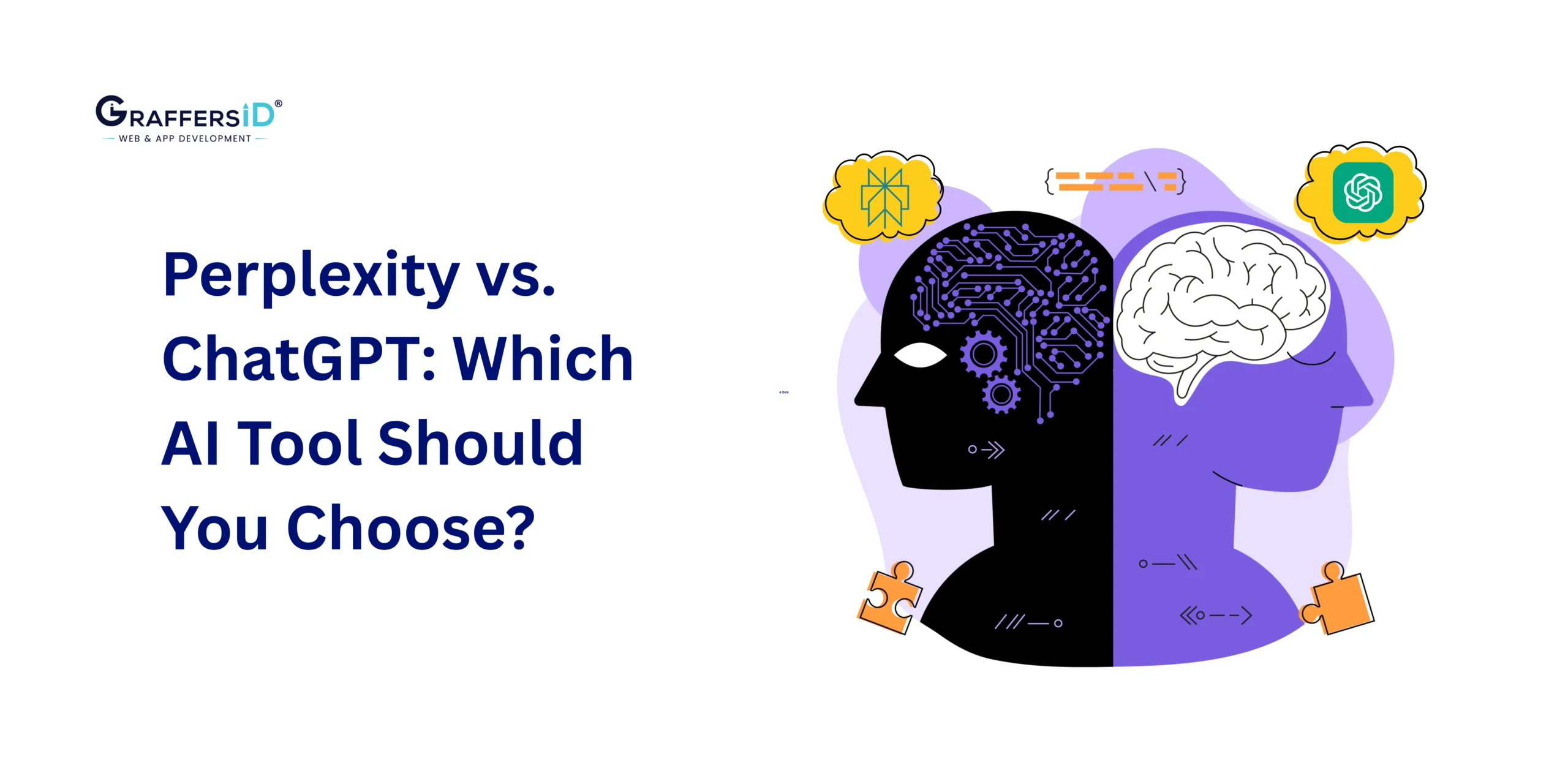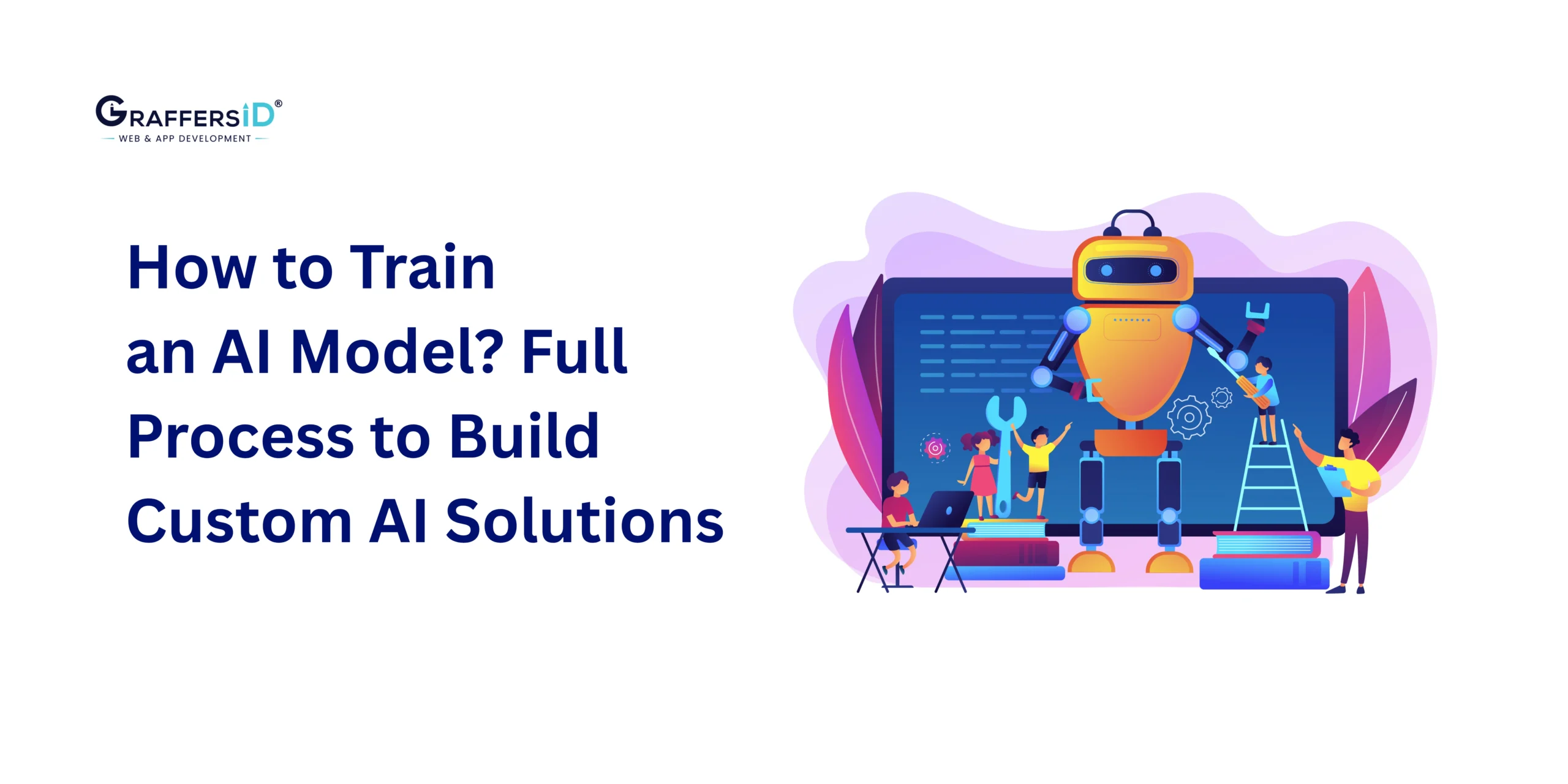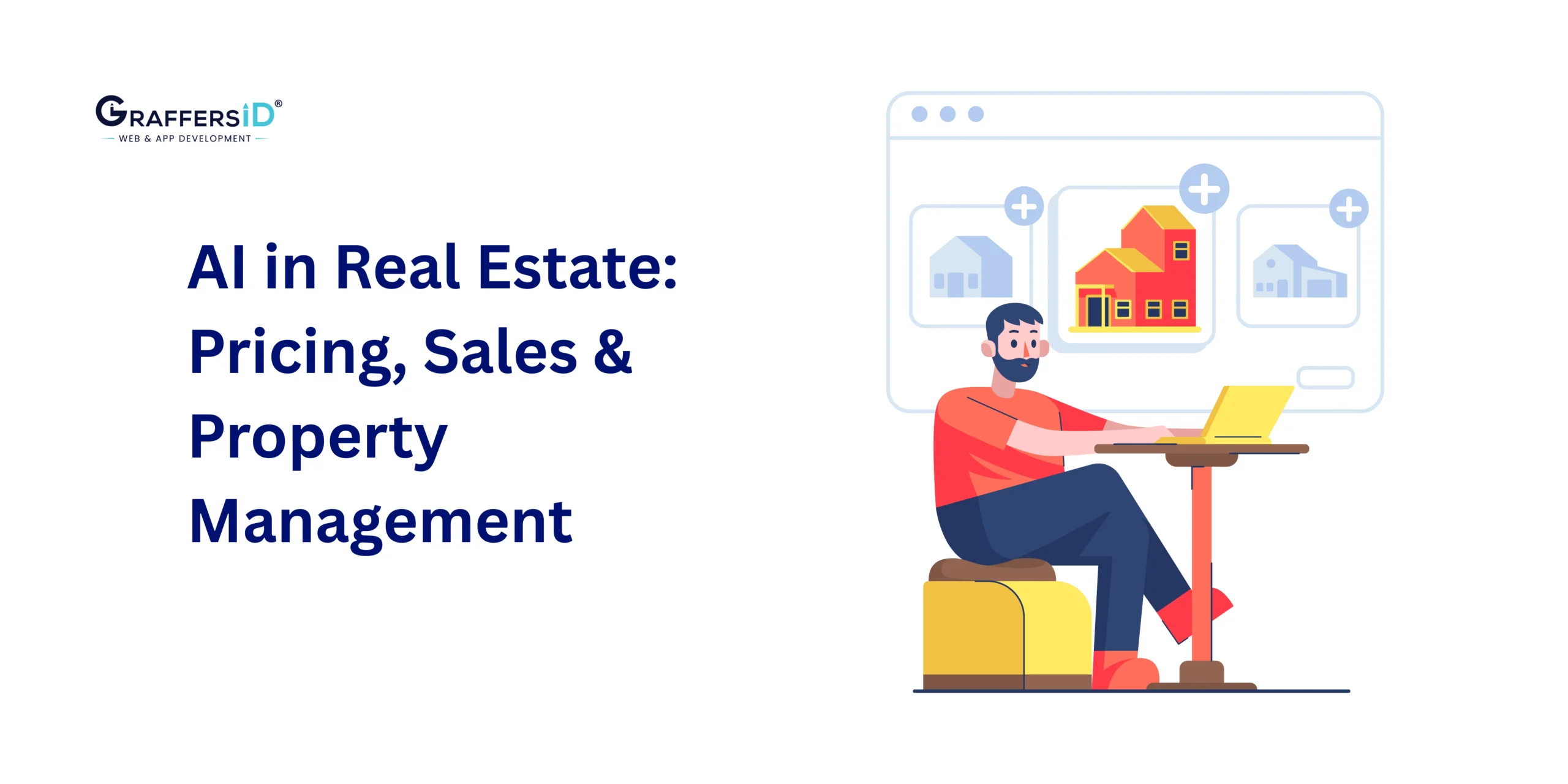The EdTech landscape is rapidly evolving. AI-powered learning assistants, gamified education, and cloud-based collaborative platforms are reshaping how students learn and educators teach.
The backbone of these innovative digital experiences is the programming languages used to build EdTech platforms. Choosing the right technology stack impacts scalability, security, interactivity, and the ability to integrate AI and analytics smoothly.
In this guide, we explore the top 7 programming languages for EdTech in 2026, their features, use cases, and why they are critical for modern educational apps.
Key Factors for Choosing the Right Programming Language for EdTech
When building EdTech applications, decision-makers must consider these factors:
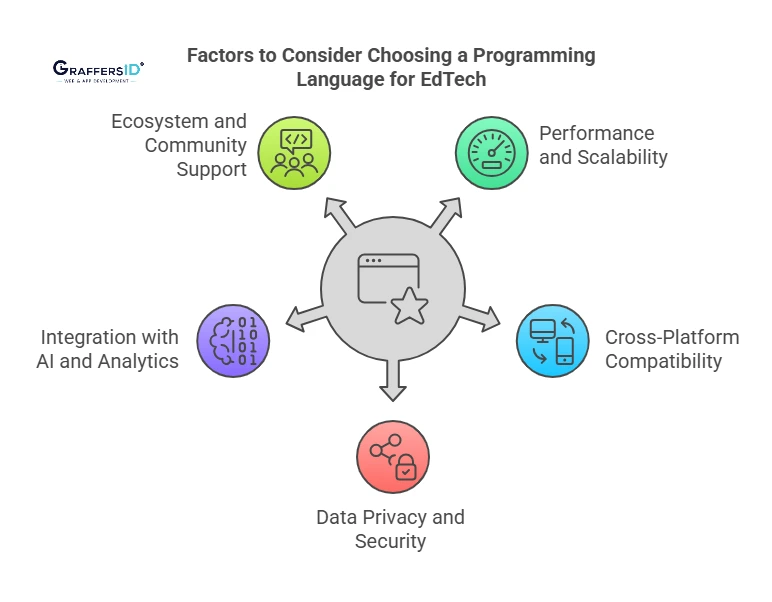
1. Performance & Scalability
Educational apps usually handle a large number of users, particularly for online courses and LMS platforms. Thus, the selected language should be capable of handling large traffic volumes while providing smooth performance.
2. Cross-Platform Compatibility
As students and educators use educational apps across different devices (mobile, tablet, desktop), it’s important to choose a language that supports cross-platform development.
3. Data Privacy & Security
Educational platforms handle personal user data, requiring strong security measures. The programming language should provide strong safety features to protect user data.
4. Integration with AI & Analytics
Modern EdTech solutions use artificial intelligence (AI) to provide customized learning experiences and analytics to monitor student performance. Thus, the language must be compatible with AI and data analysis software.
5. Active Developer Community & Ecosystem
For educational apps, an active developer community is important to ensure continuous improvements, access to learning materials, and faster debugging.
Read More: How Much Does it Cost to Build an EdTech App
7 Best Programming Languages for EdTech in 2026
The educational technology (EdTech) industry requires apps that are engaging, accessible, and capable of handling large volumes of data effectively. The following are the best programming languages for developing educational apps in 2026, taking into account the factors discussed above.
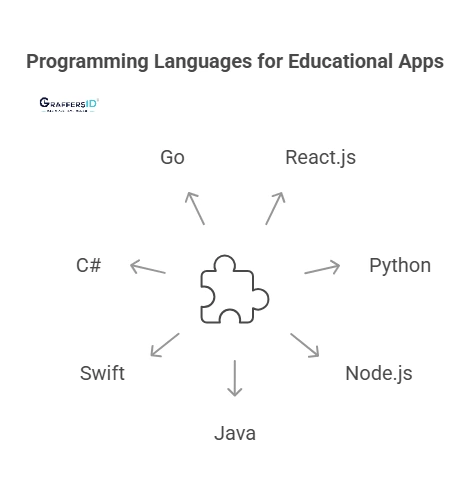
1. React.js: Frontend for Engaging Learning Experiences
React.js is one of the most popular front-end libraries for creating dynamic and responsive educational apps. React.js enables the development of dynamic dashboards, real-time evaluation, and collaborative learning spaces—all of which are required for online learning platforms, which require an interactive and user-friendly interface.
Key Features of React.js
- Component-Based Architecture: Promotes reusable UI components, saving time in development.
- Virtual DOM: Improves performance by updating only the required components, accelerating EdTech applications.
- State Management: Efficiently handles dynamic information, such as monitoring student improvement and live tests.
- Smooth Backend Integration: It works smoothly with backend technologies like Node.js and databases like Firebase.
Use Cases of React.js in EdTech
- Interactive LMS dashboards
- Real-time collaborative learning tools
- Online course platforms like Udemy or Coursera
Want to build an engaging and high-performing EdTech app with React.js? Partner with GraffersID to hire expert React.js developers who create dynamic, scalable, and smooth learning platforms.
2. Python: Backend & AI-Powered EdTech Applications
Python remains the best option for integrating AI and machine learning into educational applications. It is commonly used to create smart tutors, automated grading systems, and adaptive learning platforms that personalize education based on student performance.
Key Features of Python
- AI & ML Libraries: Facilitates AI-based learning with libraries such as Scikit-learn and TensorFlow.
- Data Analytics: Enables predictive analytics for studying student behavior.
- Framework Support: Simplify backend development for EdTech platforms.
- Cross-Platform: Enables the development of educational apps for web and mobile platforms.
Use Cases of Python in EdTech
- AI-based tutoring systems
- Personalized adaptive learning platforms
- Automated grading and e-learning content generation
3. Node.js: Scalable Backend for Real-Time EdTech Platforms
EdTech programs often use real-time interactions, including live classes, instant messaging, and interactive whiteboards. Node.js is a powerful backend technology that can handle asynchronous processes, which makes it perfect for real-time applications.
Key Features of Node.js
- Asynchronous Processing: Provides smooth performance in real-time applications.
- Full-Stack Compatibility: Works efficiently with React.js for end-to-end web development.
- WebSockets & APIs: Provide live chat, real-time quizzes, and interactive learning tools.
- High Performance: It handles thousands of simultaneous users efficiently.
Use Cases of Node.js in EdTech
- Live online classrooms and virtual classrooms
- Cloud-based learning management (LMS) platforms
- AI chatbots for student support
Looking to build a high-performance backend for your EdTech platform? Hire expert Node.js developers from GraffersID to scale your application with speed, security, and reliability.
4. Java: Enterprise-Level EdTech Applications
Java is a strong, object-oriented language widely used in enterprise-level EdTech projects. It is well known for its scalability, security, and cross-platform compatibility, making it perfect for large-scale educational platforms.
Key Features of Java
- Strong Security: Ideal for applications that store sensitive student data.
- Platform Independence: Runs on various operating systems with JVM (Java Virtual Machine).
- Android Development: Needed for creating mobile learning apps.
- Scalability: Compatible with large-scale online learning environments.
Use Cases of Java in EdTech
- Enterprise Learning Management Systems (LMS)
- Safe cloud-based learning management platforms
- Android mobile learning apps
5. Swift: iOS-Based Educational Applications
As more and more iPads and iPhones are being used in educational institutions, Swift is an ideal language for developing iOS-based educational apps. Swift gives a simple yet high-performance platform for the development of learning apps.
Key Features of Swift
- Modern Syntax: Simple to read and write, making development faster.
- Swift Playgrounds: Built-in interactive environment for learning and testing.
- iOS Integration: It easily integrates with Apple’s ecosystem, including ARKit for augmented reality learning.
- Optimized Performance: Provides quick and smooth experiences on Apple devices.
Use Cases of Swift in EdTech
- Interactive educational games for iPads
- Augmented and virtual reality (AR/VR) learning apps
- iOS-based coding apps
6. C#: Game-Based & Immersive Learning
C# is the primary programming language for educational games and immersive AR/VR learning applications. It is commonly used with Unity, the most popular game development engine.
Key Features of C#
- Unity Engine Support: Ideal for developing educational games and simulations.
- Object-Oriented Programming: This makes it easier to develop structured applications.
- Cross-Platform Support: Compatible with Windows, macOS, and mobile devices.
- AR/VR Integration: Perfect for virtual reality-based learning experiences.
Use Cases of C# in EdTech
- Educational games and interactive simulations
- Augmented and virtual reality (AR/VR) learning experiences
- Interactive 3D visualizations for science and engineering (STEM) education
7. Go (Golang): High-Performance Cloud EdTech Backend
Go (Golang) is becoming increasingly popular because of its speed and scalability. It’s suitable for cloud-based EdTech solutions that need high performance and real-time data processing.
Key Features of Go
- Fast & Lightweight: Designed for speed and efficiency.
- Concurrency Support: Manages several processes at once.
- Cloud-Native Compatible: Compatible with cloud-based architectures and microservices.
- Security & Stability: It provides a strong backend for educational applications.
Use Cases of Golang in EdTech
- Scalable cloud-based learning management systems (LMS)
- High-performance EdTech platforms with real-time features
- Secure and efficient backend services for large-scale education networks
Comparison Table: Best Programming Languages for Education & EdTech
| Language | Best For | Ease of Learning | Industry Demand |
Key Use Cases |
|---|---|---|---|---|
| React.js | Frontend development | Medium | High | Interactive dashboards, LMS, collaboration tools |
| Python | AI & backend solutions | Easy | Very High | AI tutoring, predictive analytics, automated grading |
| Node.js | Real-time backend platforms | Medium | High | Virtual classrooms, APIs, chatbots |
| Java | Enterprise LMS & Android apps | Medium-Hard | High | Cloud LMS, Android EdTech apps |
| Swift | iOS-based educational apps | Medium | Medium | AR apps, interactive coding, iOS learning apps |
| C# | Game-based & VR/AR learning | Medium | High | Unity educational games, simulations, VR learning |
| Go | High-performance cloud backends | Medium | Growing | Cloud LMS, real-time analytics, AI-driven platforms |
Emerging Trends in EdTech Programming for 2026
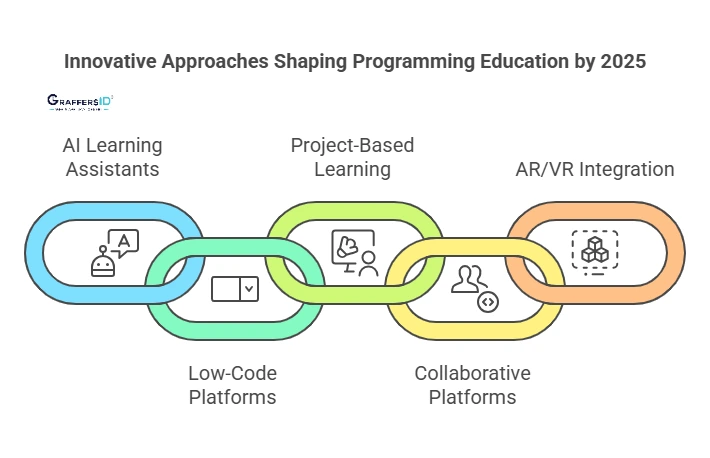
1. AI-Powered Learning Assistants
Artificial intelligence (AI) is improving programming education by providing individualized learning experiences. AI-powered applications such as GitHub Copilot, ChatGPT, and Codeium help students by recommending code snippets, detecting problems, and providing real-time debugging support. These tools improve learning efficiency and reduce coding complexity for beginners.
2. Low-Code/No-Code Platforms
Low-code and no-code development platforms, such as Bubble, OutSystems, and Mendix, are becoming popular in education. These platforms enable non-technical people to use educational apps and interactive projects with less coding, expanding software development in schools.
Read More: What is Automation in Education and How can it transform Learning?
3. Gamified & Project-Based Learning
Traditional theoretical learning is shifting towards project-based and gamified learning models. Platforms such as CodeCombat, Scratch, and Unity for Education use interactive coding challenges and games to make programming more interesting. This practical method helps students retain concepts more effectively.
4. Cloud-Based Collaborative Coding Platforms
Online coding environments such as Replit, GitHub Codespaces, and AWS Cloud9 allow students to code in real time, collaborate with other students, and use cloud-based development environments without the need to install software locally. This trend promotes remote and hybrid learning approaches.
5. AR/VR Integration
Augmented Reality (AR) and Virtual Reality (VR) are changing education by enabling interactive coding experiences. Unity (C#) and Unreal Engine (C++) are commonly used to create VR-based coding courses and simulations that increase student engagement.
By adopting these trends, educational platforms and developers can stay competitive in the EdTech sector, providing creative and effective programming education for future generations.
Conclusion
Selecting the right programming language is crucial for creating AI-powered, scalable, and engaging EdTech applications. React.js and Swift excel in frontend experiences, Python and Node.js power AI-driven and real-time platforms, Java enables enterprise-scale learning, and C# and Go offer immersive and high-performance backends.
By leveraging these languages and emerging trends, educational institutions, startups, and enterprises can deliver innovative digital learning experiences that captivate students and empower educators.
GraffersID can help you build high-performing EdTech platforms or provide EdTech developers specialized in AI, web, and mobile educational applications.
Contact GraffersID today and scale your education platform efficiently.
